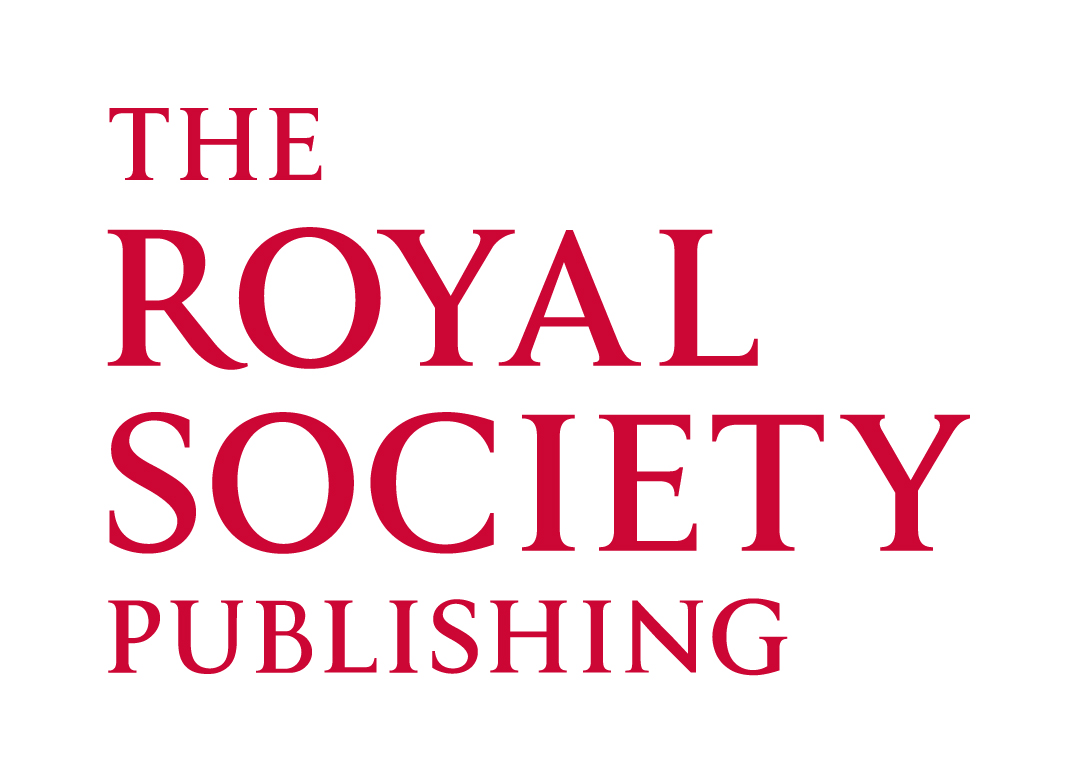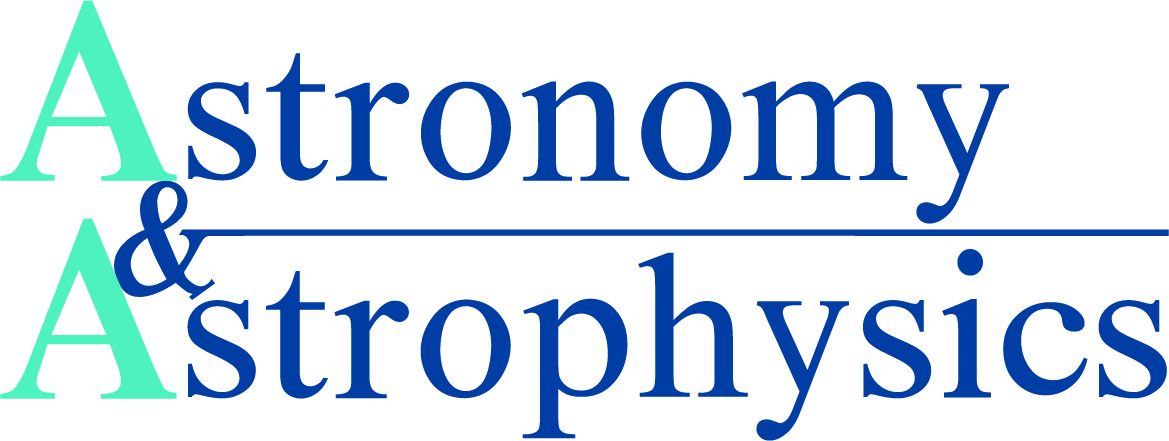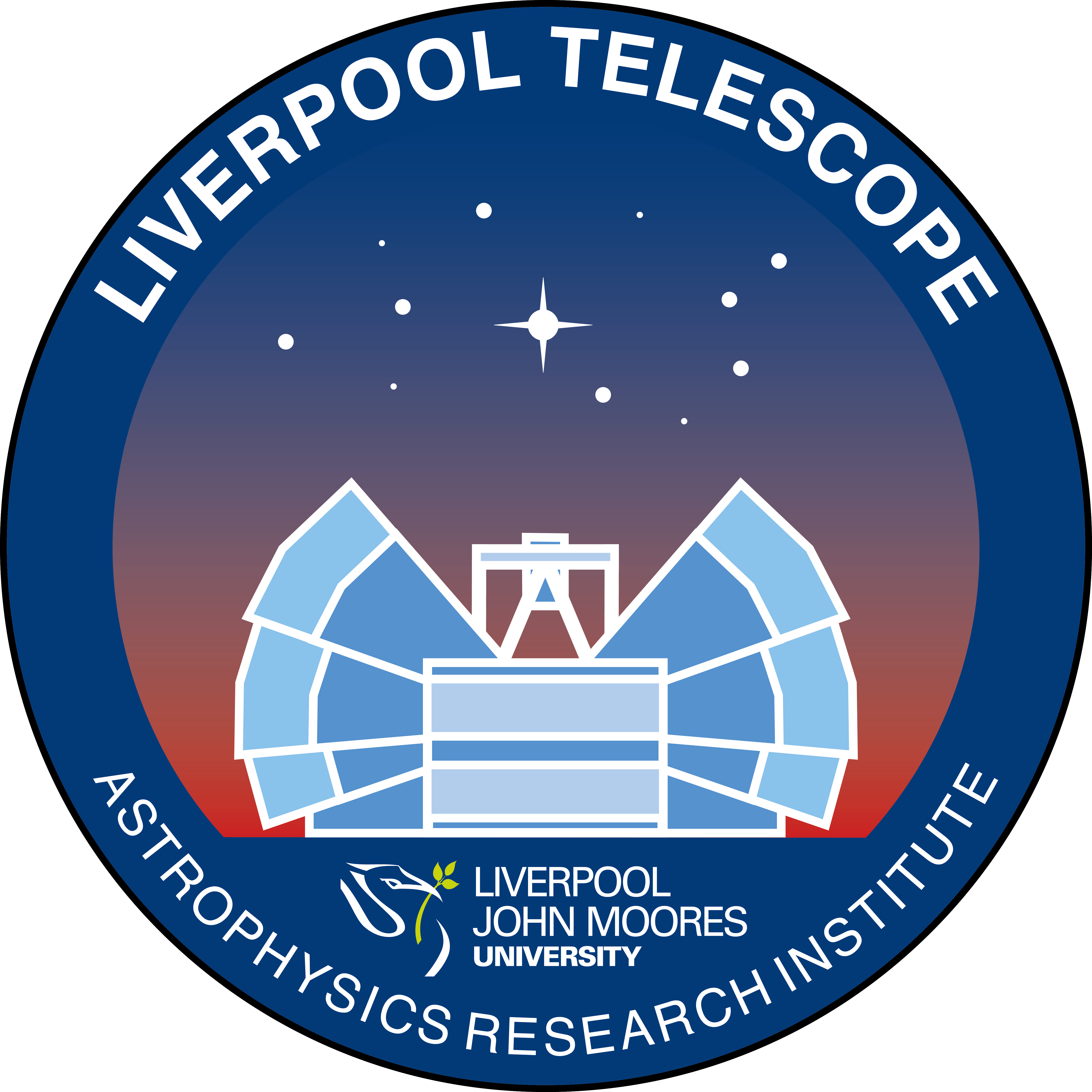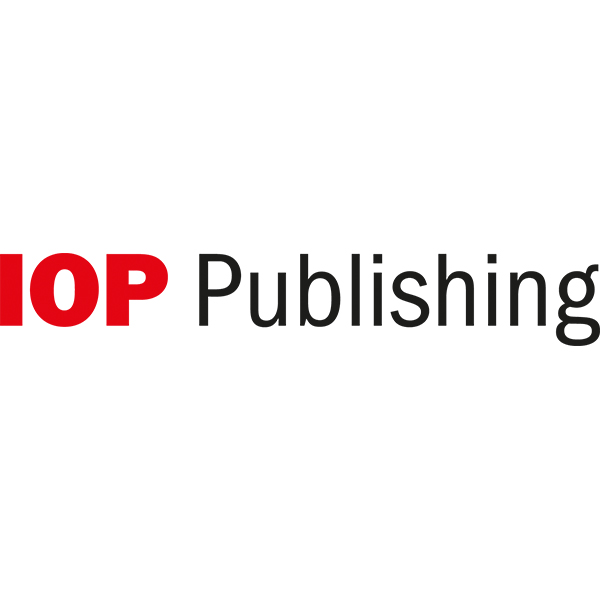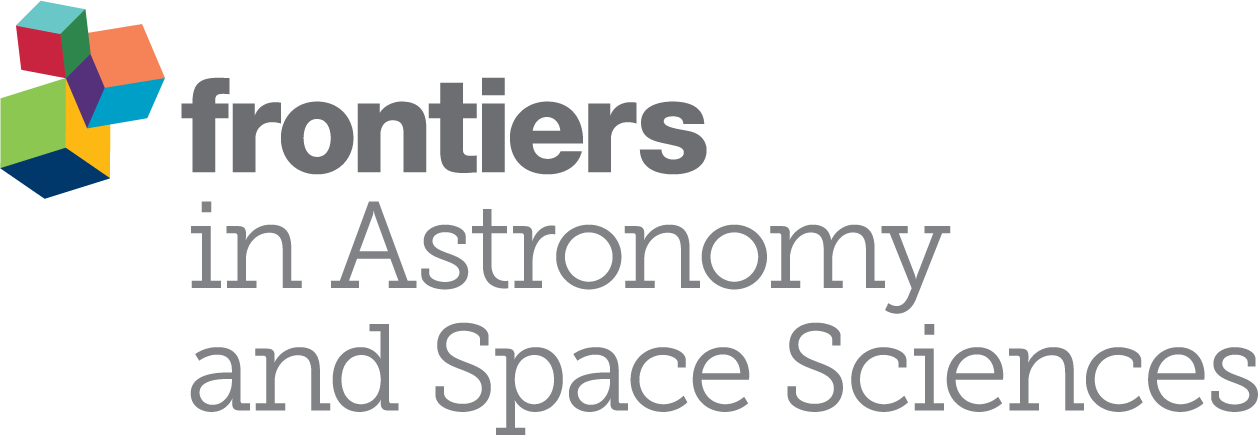Special Session SS20
3 April 2018
Multi wavelength polarimetry
Aims and scope
Goals:
While spectroscopy, photometry, and timing are techniques applied at all wavelengths,
polarimetry has been so far used mainly in the radio and in the optical domains. This will
change over the next decade with new X-ray and soft gamma-ray observatories being
sensitive to a polarised signal. These include NASA's IXPE, ESA's Astrogam and XIPE,
proposed for the M5 and M4 calls, and the Chinese mission eXTP. The community is at
a time where polarimetry will become an important diagnostic tool for a wealth of
sources from neutrons stars to AGN, opening an entirely new frontier on the multiwavelength
studies of these sources.
Whilst X and gamma-ray polarimetry is yet to be fully established, optical and radio polarimetry
has been pivotal in studying a variety of coherent and incoherent emission mechanisms,
in several types of sources: from compact objects (neutron stars, white dwarfs, black
holes), interacting binaries to AGN. It also plays an important role in investigating the
properties of the extreme magnetic fields around neutron stars, and mapping the
magnetic fields in diffuse emission environments, such as supernova remnants or
pulsar-wind nebulae. Optical polarimetry has also been crucial in experiments in
fundamental physics, such as testing for the first time the effects of vacuum
birefringence in extreme magnetic fields, and verifying QED predictions.
The optical polarimetry community is well established worldwide and extremely
productive, with about 4000 refereed publications issued since 2000, covering a wide
variety of subjects. This well-established community will form the backbone of the future
multi-wavelength polarimetry community, which is already building on its expertise for
planning the scientific exploitation of future missions.
Our goal therefore is to bring together observers, instrumentalists and theorists to
discuss how best the community can develop a multi-wavelength approach to
polarimetry over the next decade.
Programme
- Session 1: Optical Polarimetry: present and future optical polarimetric science
- Session 2: High Energy Polarimetry, from the sun to AGNs
- Session 3: Polarimetric Synergies from Radio to Gamma-Rays
Invited speakers
- Stefano Bagnulo Armagh Observatory, UK
- Phillipe Laurent CEA/DRF/IRFU/DAp & APC, France
- Carole Mundell Bath University, UK
Scientific organisers
Prof. Roberto Mignani (Milan, Italy),
Prof. Andy Shearer (NUIG, Ireland),
Dr. Agnieszka Slowikowska (NCU, Torun, Poland)
Prof. Silvia Zane (MSSL/UCL, UK)
Contact
andy.shearer @ nuigalway.ie
Updated on Tue Oct 24 20:02:25 CEST 2017
|
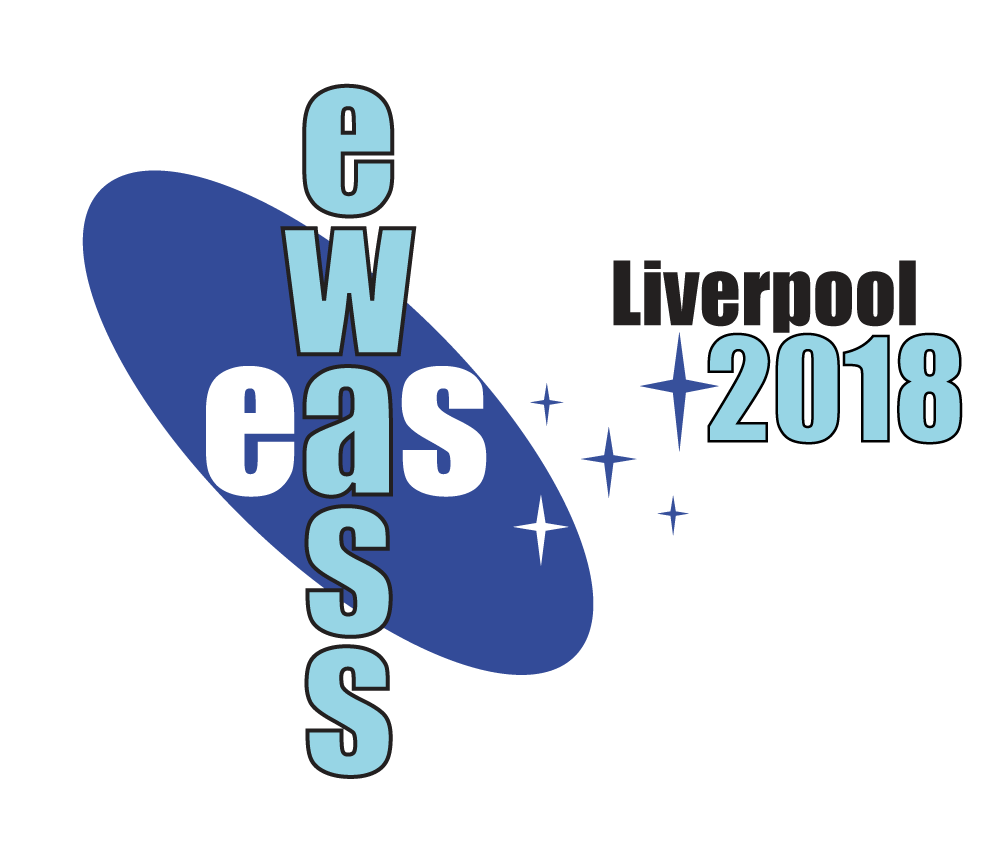
 A power cut will shut down all EAS services on Tuesday, 10 January 2017 starting at 7:30 CET.
A power cut will shut down all EAS services on Tuesday, 10 January 2017 starting at 7:30 CET.











